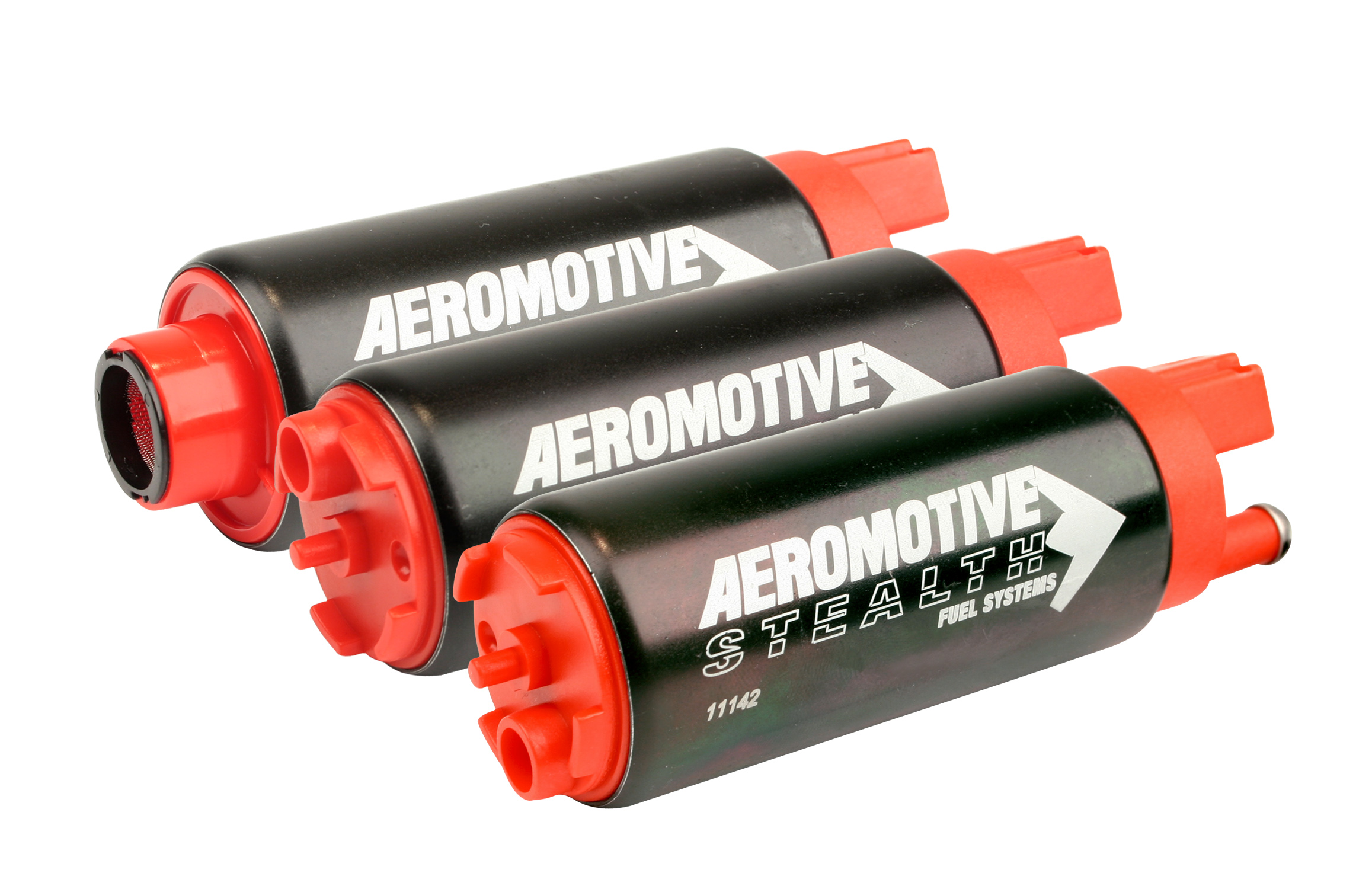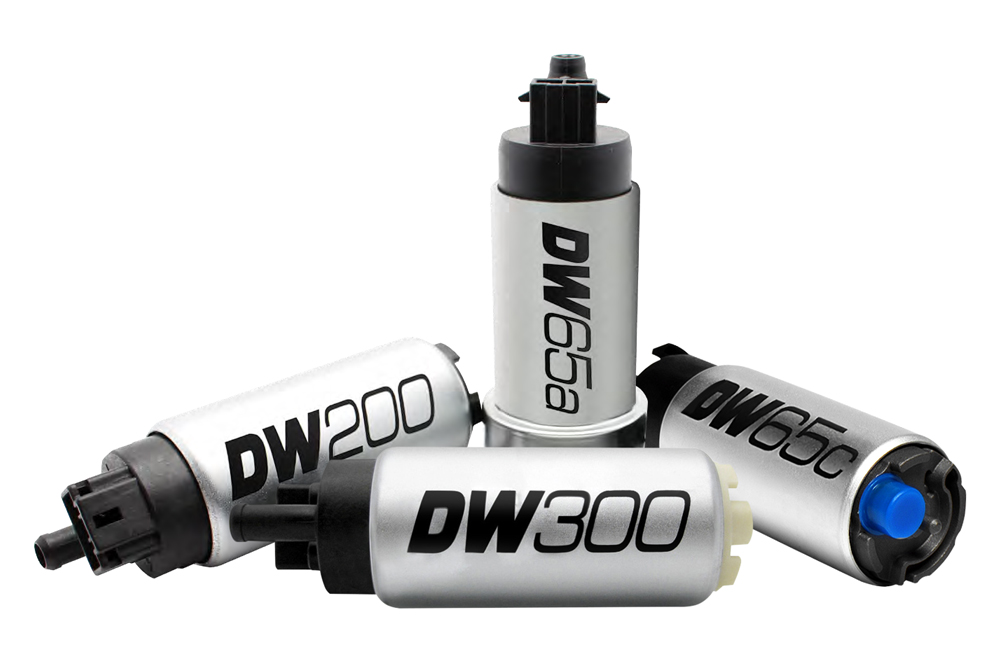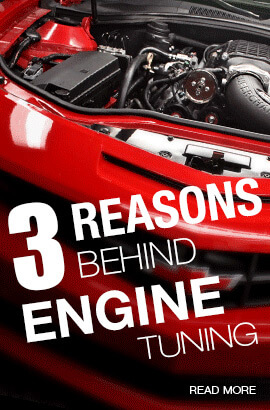In many modern cars the fuel pump is usually electric and located inside of the fuel tank. The pump creates positive pressure in the fuel lines, pushing the gasoline to the engine. The higher gasoline pressure raises the boiling point. Placing the pump in the tank puts the component least likely to handle gasoline vapor well (the pump itself) farthest from the engine, submersed in cool liquid. Another benefit to placing the pump inside the tank is that it is less likely to start a fire. Though electrical components (such as a fuel pump) can spark and ignite fuel vapors, liquid fuel will not explode (see explosive limit) and therefore submerging the pump in the tank is one of the safest places to put it. In most cars, those car accessories deliver a constant flow of gasoline to the engine; fuel not used is returned to the tank. This further reduces the chance of the fuel boiling, since it is never kept to be controlled via pulse-width modulation of the pump voltage. This increases the life of the pump, allows a smaller and lighter device to be used, and reduces electrical load.

A high-pressure roller-type electronic fuel pump is required to supply the fuel and the fuel pressure to the fuel rail and the injectors. The fuel pump must be large enough to supply more fuel than the maximum amount that the engine may require to ensure that the fuel pressure remains adequate at full throttle and at maximum RPM. Remember that when you alter the fuel pressure regulator or use a risings rate fuel pressure regulator to increase the fuel pressure in your EFI system, you also need to increase the fuel flow rate or fuel flow volume of your fuel pump as it has to pump against higher pressures. When the pressure increases, the fuel pump operates against more resistance and hence it operates at a slower pace. However, make sure that you don't increase the fuel flow rate too much or else the fuel will be traveling to the fuel rail and back to the tank too often and will pick up heat. Heat has a detrimental effect on the octane rating of the fuel! Therefore you should not exceed the required fuel flow rate by more than 33%. You can use the formula hp ? 7.3 to find the required fuel flow rate in cubic centimeters (cc) per minute that will give you a 33% over supply of fuel.You can increase the fuel flow rate by installing a larger fuel pump or by installing a second fuel pump. Installing a second fuel pump is the best solution for a modified street car as it allows you to wire the second pump separately so that it is only in use when extra performance is required. More often than not you'd be using a street race car for cruising. Under these conditions you would not need a high fuel flow rate, in fact, it would be best not to have a high fuel flow rate under these conditions as it will just increase the amount of fuel that circulates to the fuel rail and back to the tank. This will expose the fuel to heat, which is not good. You can wire the second pump to only operate when it is required by installing a pressure sensitive switch on the air intake manifold, or by installing a microswitch on the throttle body.

The fuel pickup should also get some consideration, especially on a modified street race car with a steel fuel tank. On such vehicles the fuel level in the fuel tank can drop below the fuel pickup during hard cornering or heavy acceleration and heavy braking and can cause a momentary drop in fuel pressure and engine performance. The solution is to have a secondary fuel pump supply a small fuel reservoir or swirl pot that feels the primary fuel pumps. The fuel reservoir is a simple cylinder with an fuel inlet from the secondary pump at the side, a fuel return line at the top and fuel pickup lines to the primary pumps at the bottom. The fuel reservoir should have a capacity of at least 1 liter and should be mounted low, beside the fuel tank. With a fuel reservoir, the primary fuel pumps will always have a fuel supply even under hard cornering of heavy acceleration and braking conditions.



